Vitamin D is essential for strong bones, healthy muscles, and a well-functioning immune system—but many of us don’t get enough. Known as the “sunshine vitamin,” it’s especially hard to maintain in winter or for those who spend most of their time indoors.
Deficiency can lead to fatigue, low immunity, mood shifts, and even bone problems like osteoporosis. While diet, supplements, and sunlight can help, not all vitamin D advice is accurate.
To set the record straight, here are 6 expert-approved ways to boost your vitamin D, and 6 common myths that won’t do the trick (and might even set you back).
Let’s separate fact from fiction.
1. Swim in a Sea of Fatty Fish
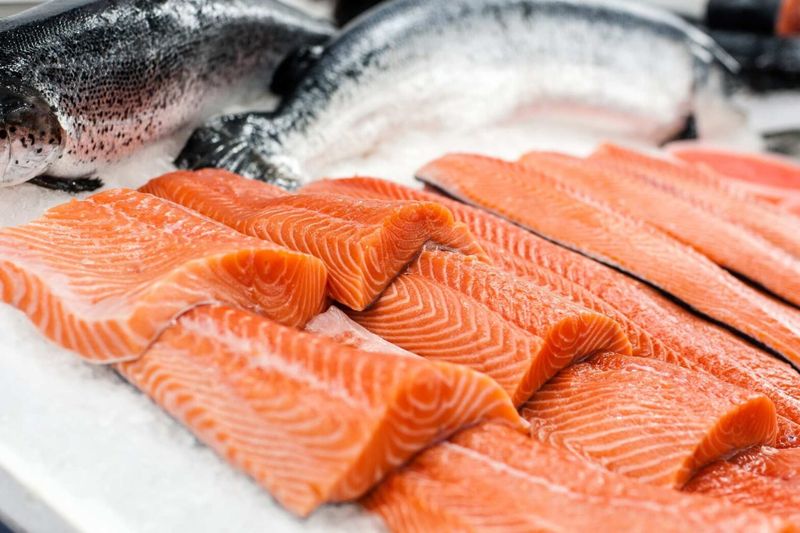
Salmon, mackerel, and sardines aren’t just delicious—they’re vitamin D powerhouses! Just one 3.5-ounce serving of cooked salmon can provide about 50% of your daily vitamin D needs.
These fish naturally contain vitamin D in their oils, making them one of the few food sources that offer significant amounts without fortification. Wild-caught fish typically contain more vitamin D than farm-raised varieties.
Try adding these fatty fish to your meals twice a week. Grilled salmon for dinner, sardines on toast for lunch, or mackerel in your weekend omelet can boost your levels naturally.
2. Pour Yourself Fortified Foods

Food manufacturers add vitamin D to many everyday items you might already enjoy. Milk, orange juice, and breakfast cereals often come fortified with this sunshine vitamin, making them convenient options for boosting your intake.
Check product labels to confirm fortification levels. Most fortified milk contains about 100 IU per cup, while some orange juices and cereals provide up to 100 IU per serving.
Combining these foods throughout your day creates a steady vitamin D supply. A bowl of fortified cereal with fortified milk for breakfast and a glass of fortified orange juice with lunch can significantly contribute to your daily needs.
3. Crack Open the Golden Centers

Egg yolks naturally contain vitamin D, making them a breakfast option with benefits beyond just protein. The sunny yellow center holds the vitamin, not the white part.
Free-range or pasture-raised chickens typically produce eggs with higher vitamin D content. These hens have access to sunlight, which increases the vitamin D in their eggs—sometimes containing 3-4 times more than conventional eggs!
Scrambled, fried, or in an omelet, eggs make a practical vitamin D source. Don’t toss those yolks if you want the nutritional benefits, as egg whites contain protein but virtually no vitamin D.
4. Spoon Up Liquid Sunshine

Cod liver oil might sound old-fashioned, but this traditional supplement packs a serious vitamin D punch! Just one tablespoon provides more than three times your daily requirement.
Modern versions come in flavored liquid forms or convenient capsules that minimize the fishy taste many people remember from childhood. Beyond vitamin D, cod liver oil offers vitamin A and omega-3 fatty acids that support eye health and reduce inflammation.
Start with a smaller dose if you’re new to this supplement. Taking it with food helps absorption and reduces potential digestive discomfort that some people experience when first trying cod liver oil.
5. Shine Light on Magic Mushrooms

Mushrooms are the only plant-based food that can naturally produce vitamin D when exposed to ultraviolet light. They contain ergosterol, which converts to vitamin D2 when sunlight hits it—similar to how human skin produces vitamin D.
You can create your own vitamin D-rich mushrooms at home! Place store-bought mushrooms gill-side up in direct sunlight for 15-30 minutes before cooking. This simple trick can increase their vitamin D content dramatically—sometimes by more than 100 times.
White button, cremini, and portobello varieties all work for this sun-exposure method. Add these supercharged mushrooms to salads, pasta dishes, or omelets for a vitamin boost.
6. Pop a Powerful Supplement
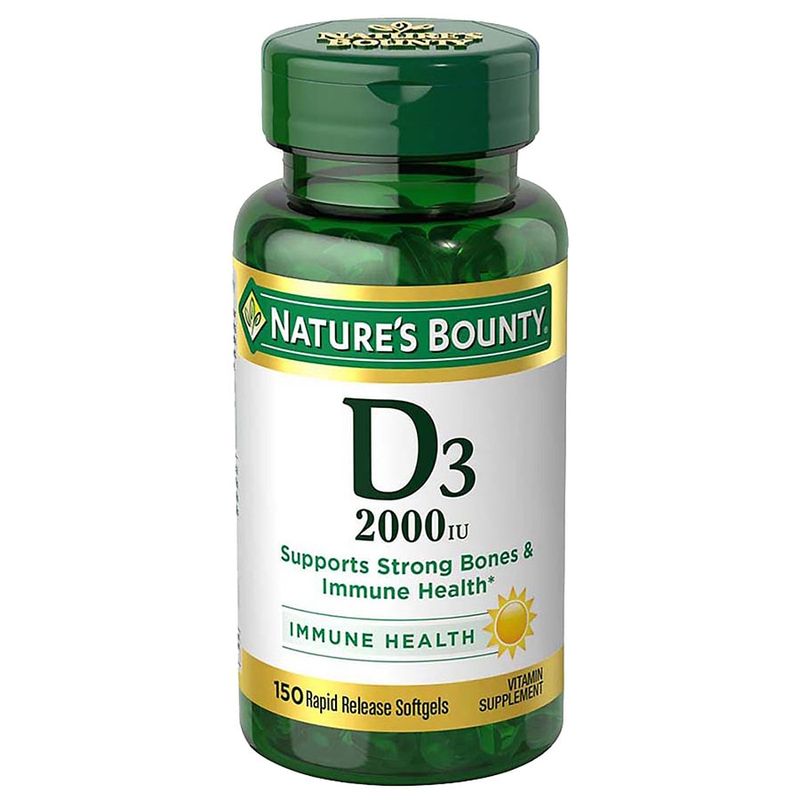
Vitamin D3 supplements offer a reliable way to maintain healthy levels, especially during winter months or if you have limited sun exposure. These supplements come in various forms: pills, gummies, liquid drops, and even sprays.
Most adults need between 600-2000 IU daily, though your doctor might recommend different amounts based on your blood levels and health needs. D3 (cholecalciferol) is generally preferred over D2 (ergocalciferol) because it’s the same form your body naturally produces and tends to raise blood levels more effectively.
Take vitamin D supplements with a meal containing some fat for better absorption. Your body stores excess vitamin D, so daily consistency matters more than exact timing.
Now that you know the best ways to boost your vitamin D, let’s clear up some common misconceptions that might be holding you back.
1. Window Sunbathing Works Wonders

Many people believe they can soak up vitamin D by sitting near a sunny window, but glass blocks most UVB rays—the specific type needed for vitamin D production in your skin. While you’ll feel the warmth and see the brightness, your body won’t produce vitamin D.
Regular window glass filters out over 95% of the UVB rays while allowing UVA rays (which cause aging and don’t produce vitamin D) to pass through. Even on the sunniest day, that patch of sunlight streaming through your window won’t boost your vitamin D levels.
For true vitamin D production, you need direct skin exposure to sunlight without glass barriers. Even brief outdoor time is more effective than hours by a window.
2. Tanning Beds Provide Healthy Vitamin D
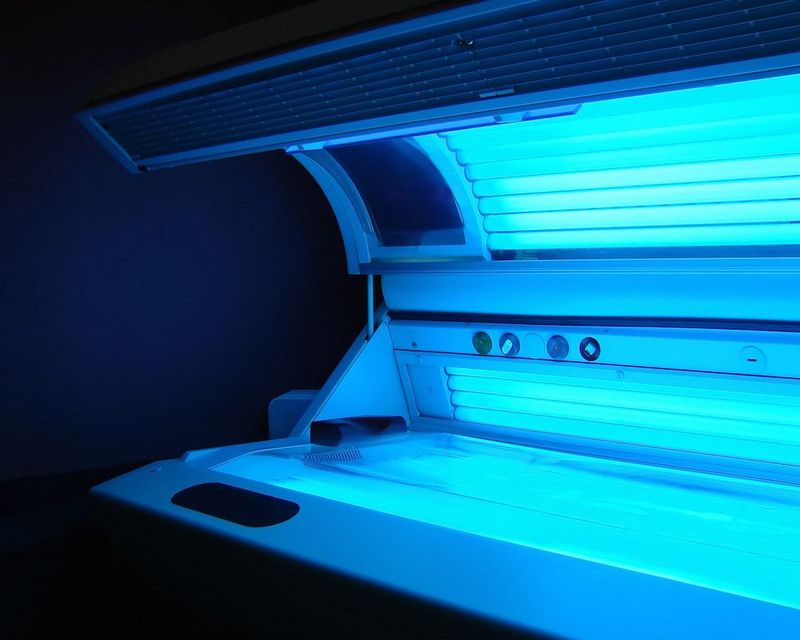
Despite claims from tanning salons, tanning beds aren’t a safe vitamin D solution. Most beds emit primarily UVA rays with minimal UVB (the type needed for vitamin D production), creating an inefficient and risky method for boosting your levels.
The concentrated UV exposure from tanning beds significantly increases skin cancer risk. Studies show regular tanning bed users have a 75% higher risk of developing melanoma, the deadliest form of skin cancer.
Medical organizations worldwide, including the American Academy of Dermatology, strongly advise against using tanning beds for vitamin D. Supplements and brief natural sun exposure offer safer alternatives without the increased cancer risk and premature skin aging.
3. All Mushrooms Are Vitamin D Goldmines
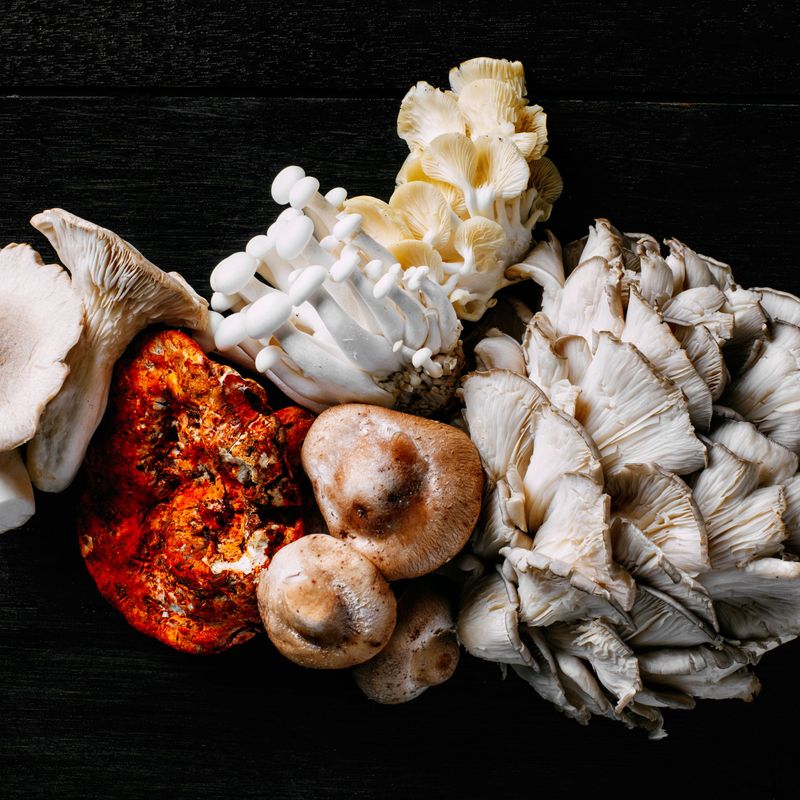
The vitamin D content in mushrooms varies dramatically depending on growing conditions and sunlight exposure. Most commercially grown mushrooms are cultivated in dark environments and contain very little vitamin D unless specifically treated with UV light.
Wild mushrooms typically have higher natural vitamin D levels because they grow in sunlight. However, store-bought varieties grown in dark conditions might contain almost none unless labeled as “vitamin D-enhanced” or “UV-treated.”
Check packaging for specific vitamin D content. Some specialty mushroom growers now offer UV-treated options with guaranteed vitamin D levels, but standard mushrooms from the produce section likely won’t contribute significantly to your vitamin D intake without additional sun exposure.
4. Food Alone Fills All Vitamin D Needs
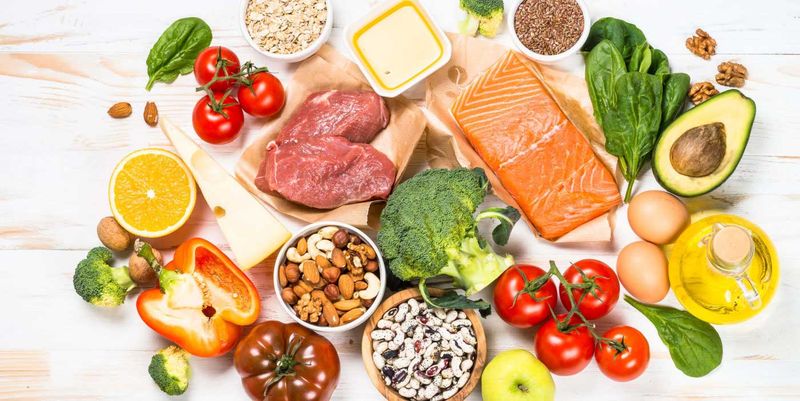
Relying solely on food for all your vitamin D requirements presents a genuine challenge. Even the richest food sources contain relatively modest amounts compared to what your body can produce from sunlight exposure.
You would need to eat about 5 ounces of salmon, 7 cups of fortified milk, or 10 egg yolks daily to reach 1000 IU of vitamin D. Most people’s diets fall far short of providing adequate amounts, especially in northern regions where vitamin D deficiency rates exceed 50% during winter months.
A combined approach works best for most people: include vitamin D-rich foods, get appropriate sun exposure when possible, and consider supplements during winter or if you have risk factors for deficiency.
5. Milk Guarantees Vitamin D Adequacy
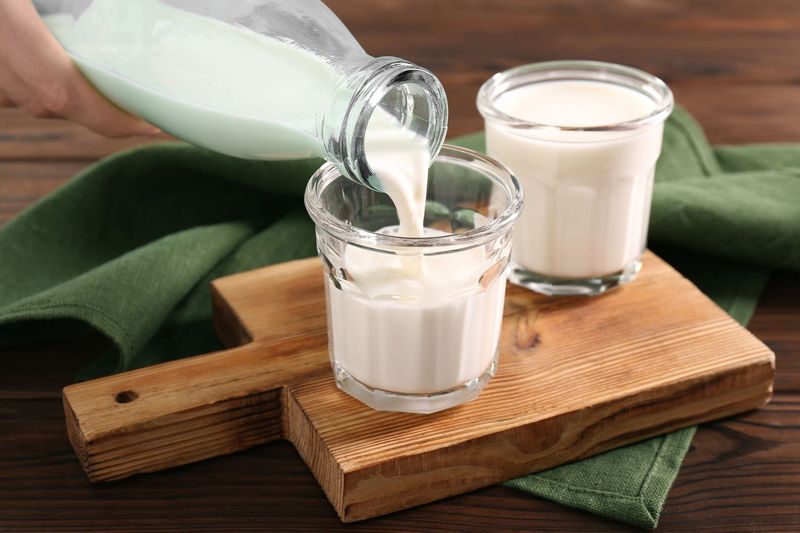
While milk cartons proudly advertise vitamin D content, drinking milk alone won’t prevent deficiency for most people. A typical 8-ounce glass of fortified milk contains about 100 IU of vitamin D—just 15-20% of the daily recommended amount for adults.
Not all dairy products contain added vitamin D. Cheese, yogurt, and ice cream rarely have vitamin D unless specifically labeled as fortified. Even butter, despite being a dairy fat, contains minimal amounts naturally.
Plant-based milk alternatives vary widely in their fortification levels. Some contain comparable amounts to cow’s milk, while others have none, making label-reading essential for those who’ve switched from dairy milk.
6. No Symptoms Means Adequate Vitamin D

Vitamin D deficiency often flies under the radar because symptoms can be subtle or attributed to other causes. Many people with low levels experience fatigue, muscle weakness, or mood changes without realizing vitamin D could be the culprit.
Blood tests provide the only reliable way to know your vitamin D status. Studies show that up to 42% of Americans have insufficient levels, with many showing no obvious symptoms despite being deficient.
Certain groups face higher deficiency risks regardless of how they feel: people with darker skin, older adults, those who cover their skin for religious or cultural reasons, and people living in northern latitudes. Regular testing becomes especially important if you fall into these categories.
Leave a comment